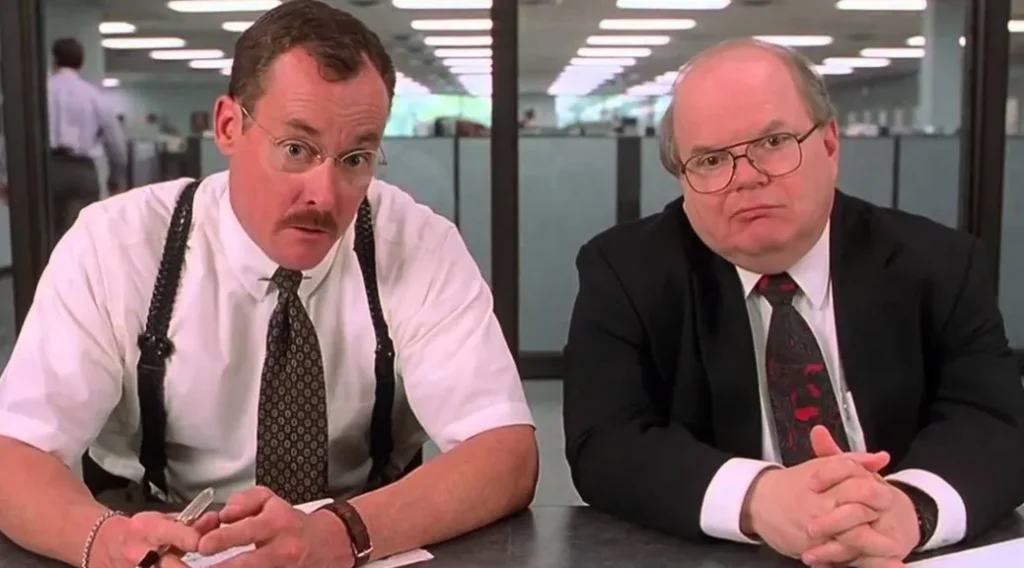Many times, leaders barge into a situation with wonderful new ideas of how great a change will be, only to find that people are more concerned about small losses. Why can’t people just be rational and adopt the new way we’re proposing that’s so obviously superior to the old way?
It’s because 100% of new ways of working result in a loss, and “losses loom larger than gains,” as Daniel Kahneman memorably put it. Maybe that loss is minor compared to what the team will gain from the new way, but that is what tends to get people’s attention, first and foremost. That’s because loss aversion is one of our strongest cognitive biases—systematic distortions of reality that keep us from responding in our best interests.
Organizational change commonly results in five types of loss:
- Loss of control happens when things are done to you. People need to feel as though they are living their values and making choices for themselves. Giving them even small choices around implementation will help them cope. Rather than planning out everything for them, ask yourself: Have I left room for choice wherever possible?
- Loss of pride comes from people feeling like their contributions have been devalued. When leaders trumpet the new change and declare how much better it’s going to be than that old terrible system, it’s no surprise that the people who’ve put time and effort into designing and maintaining that old system—the very system that got the company to where it is today—feel offended. Instead, make sure you give credit and gratitude to the people who got the team so far. Having a goodbye ritual to thank the people and systems who got us here allows people to let go.
- Loss of familiarity and expertise occurs because patterns are disrupted. A study of peak performance among chess players found that when piece arrangement followed patterns often found in games, recreating the arrangement was easy for chess masters. But when a random arrangement was shown, masters and novices performed at the same level. The longer you’ve been playing the game, the more you see the patterns, not the pieces. Provide support and training as your team learns to identify and incorporate new patterns into their work.
- Loss of narrative is a result of contradictions between the story you’ve been telling about the organization, and the change you want to make—and that can feel like a lack of integrity. To help your team understand how their actions connect to the big picture, connect the change you are making to the origin story of the company, or relate it to the big cultural and economic changes that people can see and feel.
- Finally, loss of time happens because people go slowly and make mistakes when first learning a new way of doing things. You must remove other tasks from your people’s plates—don’t make them choose between investing in your change and seeing their friends and family.
To help people get on board with your change, start by addressing loss first. You can do this through a ritual for saying goodbye to the old way (hello Marie Kondo). By taking time to think through what the change you want someone to make really means for them—and by not condemning the way people have been working as you switch to the new way—you’ll help teams move through their losses faster and better transition into the new way of doing things.













